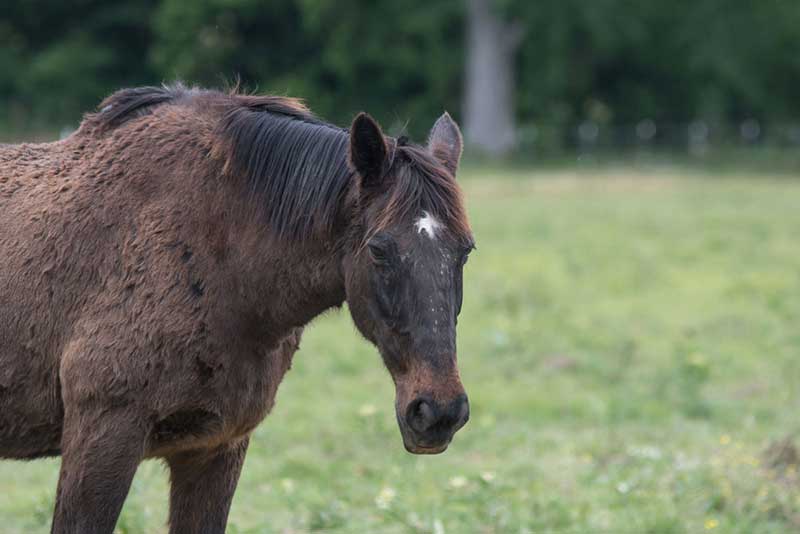
Does Your Horse Have Cushing's Disease? Understanding Pituitary Pars Intermedia Dysfunction
During their long lives, horses are susceptible to a variety of health problems, including Cushing’s disease. Also known as Pituitary Pars Intermedia Dysfunction (PPID), equine Cushing’s disease is often mistaken for other metabolic and endocrine disorders. Achieving an accurate diagnosis, however, is essential because PPID can be life-threatening if it’s not properly treated.
What Is Equine Cushing's Disease?
Equine Cushing’s disease is characterized by a dysfunction of the middle lobe (pituitary pars) of a horse’s pituitary gland. This dysfunction results in the overproduction of certain hormones and diminishes a horse’s systemic functions.
What Are the Symptoms of Cushing's Disease in Horses?
Physical signs and symptoms of equine Cushing’s disease include:
- Long, curly coat due to improper shedding (hirsutism)
- Muscle and weight loss
- Unusual fat distribution
- Diminished athletic performance
- Lethargy
- Recurring hoof abscesses (laminitis) and other frequent infections or ulcers
- Excessive sweating, thirst, and urination
- Neurological problems leading to blindness
The severity of a horse’s symptoms directly correlates to the progression of the disease. The development of a long, curly coat is usually one of the last signs of PPID. By the time a horse has developed hirsutism, PPID has already progressed to a mature stage. It’s important to pay close attention to your horse’s appearance and performance, especially when entering advanced age.


Could My Horse Be at an Elevated Risk for Developing PPID?
Equine Cushing’s disease can affect all horses – any breed, any age – but it’s most commonly diagnosed in horses over 10 years of age. If you’re concerned about your horse’s predisposition to developing equine Cushing’s disease, screening tests do exist. These tests are used to determine whether a horse has a predisposition to developing PPID. If a horse tests positive for being predisposed, we might recommend regularly testing the horse for PPID.
How Is Equine Cushing's Disease Diagnosed?
Equine Cushing’s disease is diagnosed with a physical examination and blood tests. PPID can be confirmed based on lab test results that determine the levels of certain hormones (like ACTH) present in a horse’s blood sample.
Treatment for a Horse with Cushing's Disease
Although PPID cannot be cured, we can manage it effectively with an ongoing medication regimen and regular veterinary checkups designed to ensure the horse is receiving the proper dose.
The earlier a horse is diagnosed and can begin treatment for PPID, the better the outcome. We encourage you to pay close attention to your horse’s appearance and behavior. If you notice any unusual changes, schedule an appointment with an equine specialist at Adobe Veterinary Center right away.








